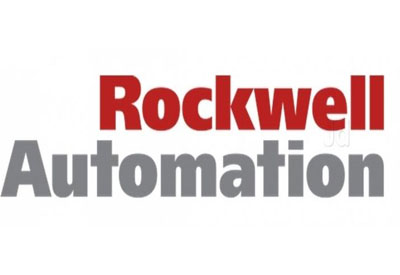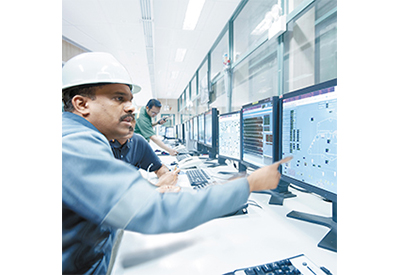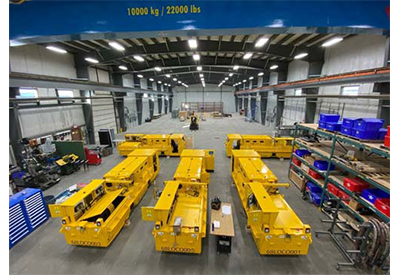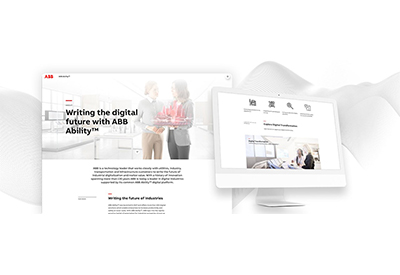Statkraft Chooses ABB Synchronous Condensers to Help the UK National Grid Meet Its Zero-Carbon Targets
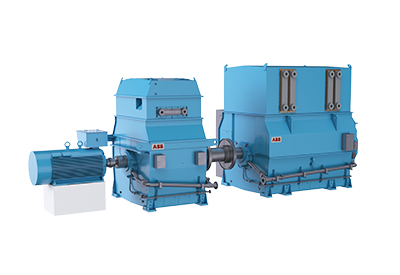
February 10, 2021
ABB has recently been awarded a major turnkey contract by Statkraft, Europe’s largest generator of renewable energy, to design, manufacture and install two high-inertia synchronous condenser systems for the Lister Drive Greener Grid project at Liverpool in Northwest England. The innovative project will play a key role in stabilizing the local grid to handle an increased amount of wind and solar power. This will help National Grid meet its target of operating a zero-carbon electricity system by 2025.
The UK’s drive to reduce carbon dioxide emissions and minimize climate change is driving the increased use of renewable energy. The challenge is that wind and solar energy sources use power conversion technologies that do not provide the inertia that grid operators rely on to maintain grid stability.
ABB synchronous condensers offer an innovative solution to address this challenge. They are large rotating machines developed to mimic the operation of coal or gas fired generators by providing an alternative source of spinning inertia. They will support the national grid by providing reactive power compensation and additional short-circuit power capacity, allowing more renewables to be connected to the grid.
Synchronous condensers have been deployed by ABB to reinforce power networks in Australia, Canada and Scotland. The Lister Drive project is the first installation in England. It is also the first project anywhere in the world to feature a high-inertia configuration. This couples 67 megavolt amps reactive (MVAr) synchronous condenser with a 40 tonne flywheel that increases the instantaneously available inertia by 3.5 times. The high-inertia system will ensure that the network frequency and voltage are held stable within the tight limits essential to maintain grid reliability.
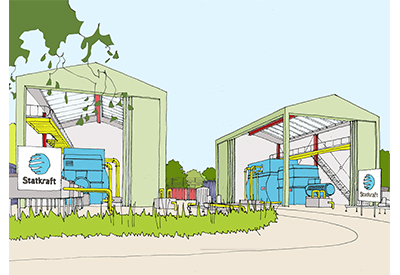
To ensure around-the-clock availability for this vital system, Statkraft has signed a 10-year services contract with ABB. ABB’s UK field service team will provide a full range of maintenance services, both planned and quick response. A full suite of ABB Ability™ digital condition monitoring solutions will be deployed to optimize performance and predict maintenance needs. By assessing real-time data with cloud-based analysis, the team can plan corrective actions before issues occur, ensuring system reliability.
David Hughes, UK Managing Director for ABB, said: “ABB is thrilled to be working with Statkraft on this critical project to stabilize our UK electricity network. Our innovative technology, supported by a long-term service contract, will make it possible to add additional renewable generation as the UK transitions to a more environmentally sustainable future.”
David Flood, Managing Director of Statkraft UK, said: “The Lister Drive project builds on Statkraft’s electricity market and renewables expertise to demonstrate that we can deliver on our vision of being a renewable energy system integrator.”
The ABB high-inertia synchronous condenser systems will be manufactured in Sweden and installed by ABB UK’s engineering team. The project is a complete turnkey package that also includes ancillary equipment such as ABB ACS880 regenerative drives, AXR 500 motors, UniGear ZS1 MV switchgear with SWICOM and VD4 circuit breakers, and controls. The Lister Drive project is scheduled to go online in 2022.
For more information, visit www.abb.com/ca.


